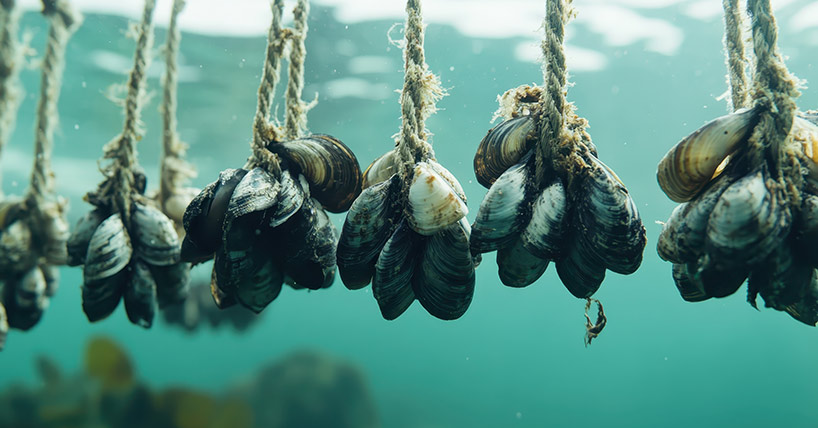Plastics
99.99% of plastic in the world's oceans 'hidden out of sight'
Published on: 13 September 2018
Scientists from Newcastle University have identified two more potential ‘garbage patch’ zones in the world’s oceans.
Computer models show more than 393 million tons of plastic is in our oceans, but just 246,000 tons of plastic is on the surface.
The vast majority of plastic in the world's oceans is hidden below the surface, with millions of tons being buried in the seabed every year, new research suggests.
Scientists have long been puzzled as to why real-world surveys cannot account for all the plastic known to be flowing into the oceans every year.

Two previously undiscovered 'garbage patches' in the ocean
Now the first computer models to track plastic have revealed more than 99.99% of it is out of sight.
And they reveal there is likely to be an as-yet-undocumented "garbage patch" of floating plastic in the Gulf of Guinea, off the coast of Nigeria. And it also suggests there are hotspots of plastic in the deep ocean trenches.
Alethea Mountford, the PhD scientist behind the research, explains:
“There's a need to find the unaccounted for plastic in the ocean, because if we don't know the extent of the problem, then there's no way of knowing what the potential impact might be.
“Once the plastics reach the water column, the greatest impact would be on marine organisms through ingestion and entanglement.
“Plastics that reach the seafloor can be ingested by bottom-dwelling organisms, and may have other implications with the seafloor ecosystem itself, for example through inhibition of gas exchange leading to a lack of oxygen within the sediments.”
70% of plastic sinks
Researchers from Newcastle University say most types of plastic sink in seawater, with even plastic that floats eventually becoming heavy from the growth of algae.
Of more than 393 million tons of plastic in the oceans, just 246,000 tons is on the surface. The rest is suspended in the water, lying on the bottom, or buried in the seabed.
Calculations show that between five and 36 million tons a year is being deposited in the sediment every year.
Alethea told Sky News’ Science Correspondent Thomas Moore: "Even if it gets down into the deep, that isn't to say that it's gone and we can forget about it because it's not where we can see it anymore.
"There are loads of organisms still living on the sea floor, in the sediments, so they can eat the plastics.
"And we know there are chemicals released from plastic that can harm organisms like that - their reproduction, their feeding, it can make them starve to death."
The computer model was based on known sources of plastic pollution around the world, the buoyancy of the different types of plastic, and the movement of ocean currents.
The study was presented at the conference of the Challenger Society on Marine Science at Newcastle University.
Read the full story on Sky News



